Bordeaux: Red Wine
My second Unit 3 class was red bordeaux wines. You might be curious as to whether I got my 7 hours of studying in this week. Um, not yet but since I started studying before the program began I am counting some of those hours to this week and have to get back on track getting my 7 hours in because I am only letting myself claim those early hours once. See how honest I am?
As I mentioned in my last post, the primary grapes in bordeaux red wines are cabernet sauvignon, merlot and cabernet franc but there are actually 6 grapes traditionally allowed in bordeaux reds. In addition to those listed above, the other grapes are carmenere, malbec and petit verdot. Well, there were 6. Big recent news is that Bordeaux and Bordeaux Superieur wine producers have authorized seven new grapes that can be included in their wines. The red grapes are Arinarnoa, Touriga Nacional, Marselan and Castets, and the three whites are Alvarinho, Petit Manseng and Liliorila. The reason given was enhancing the region’s ability to deal with the effects of climate change. I’m going to have to dig into those grape varieties because the only three that I am familiar with are Touriga Nacional, Alvarinho, and Petit Manseng.
I really love the International Wine Center, my wine school here in New York. It is so well run, they have amazing teachers and we often get a cool surprise wine. More on this week’s surprises later.
This week (we did this in the business unit classes as well) we did a SWOT analysis of Bordeaux. For those of you not familiar with this acronym it stands for Strengths, Weaknesses, Opportunities, and Threats. It was interesting because some of the strengths were also weaknesses and some of the opportunities were also threats. Let me elaborate a little – one strength was that the region has a reputation for quality wine, but that was also a weakness because with quality wines comes high prices. Another example was for the Bordeaux producers to think about different packaging such as cans or boxes. Wine in cans and boxes is also a threat, at least for the lower tier wines of which there is a high percentage in Bordeaux. Keep in mind that only about 3% of Bordeaux wines are premium or ultra premium.
I’m realizing with every passing class (and I’ve only had two so far) the immense amount of work involved in gaining enough knowledge to pass this exam. To pass, candidates need to know pretty much everything about almost every wine region in the world. This everything includes what grapes are allowed in the region; the appellations of the region and what is required by the appellation in terms of yield, percentage of grapes allowed; the soils of the region; the climate; wine making techniques and on top of all of that candidates have to be able to blind taste 12 wines over a period of 3 hours. Law school and the bar exam have nothing on this.
So our two surprise wines that we blind tasted were a Chateau Ducru Beaucaillou St. Julien Ssecond Growth (around $250) and a Chateau Canon Saint-Emilion Grand Cru (around $400). Prices are Manhattan prices. Both wines were amazing but I have to say the Chateau Canon was one of the tastiest wines I’ve ever had!
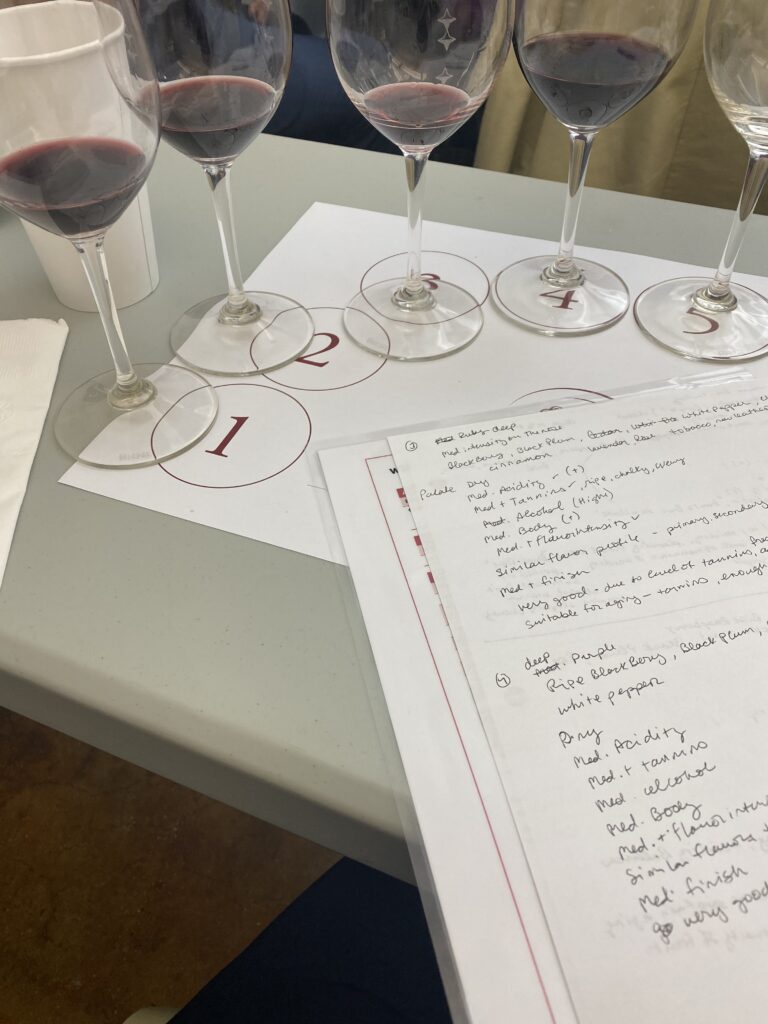
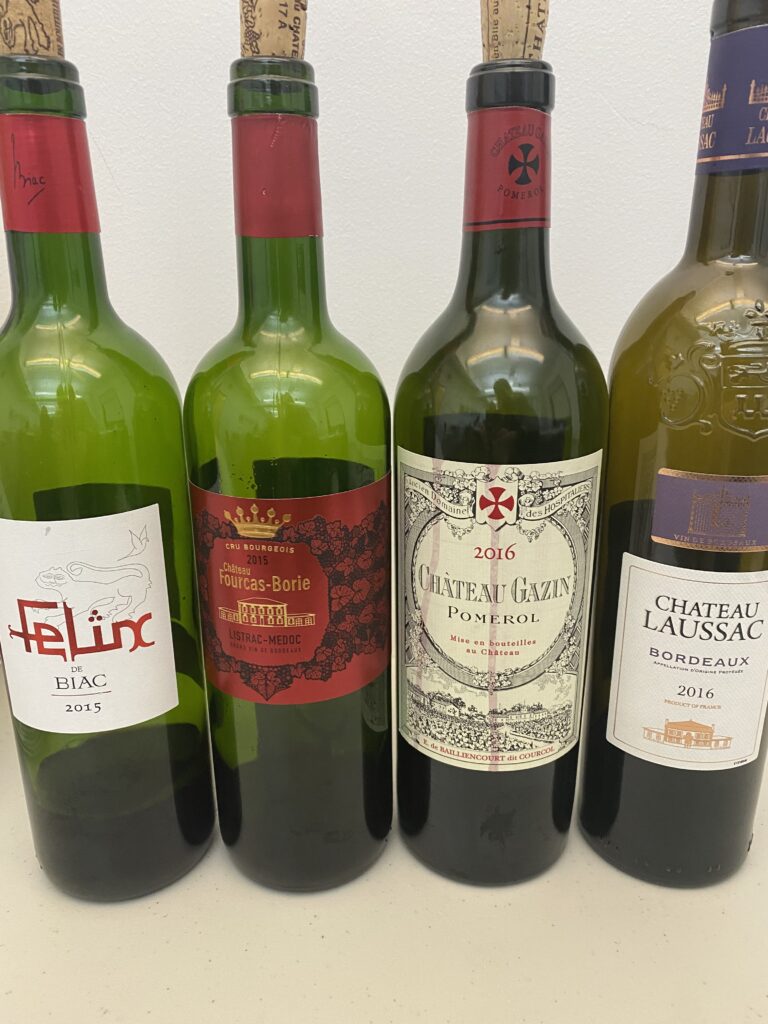
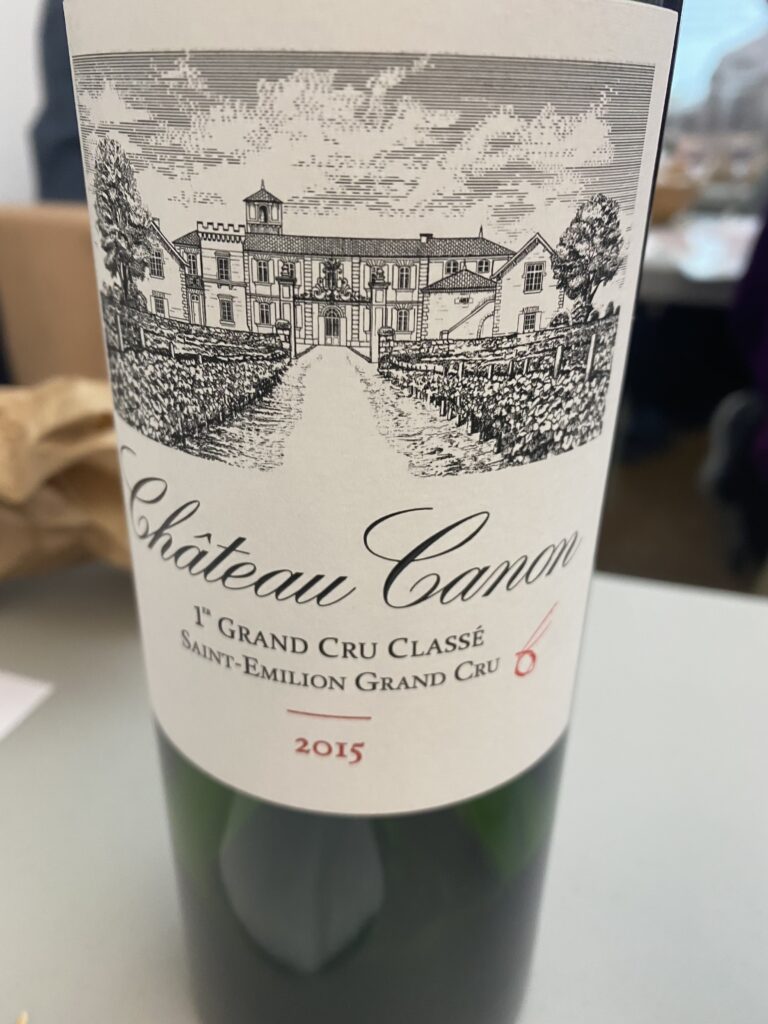
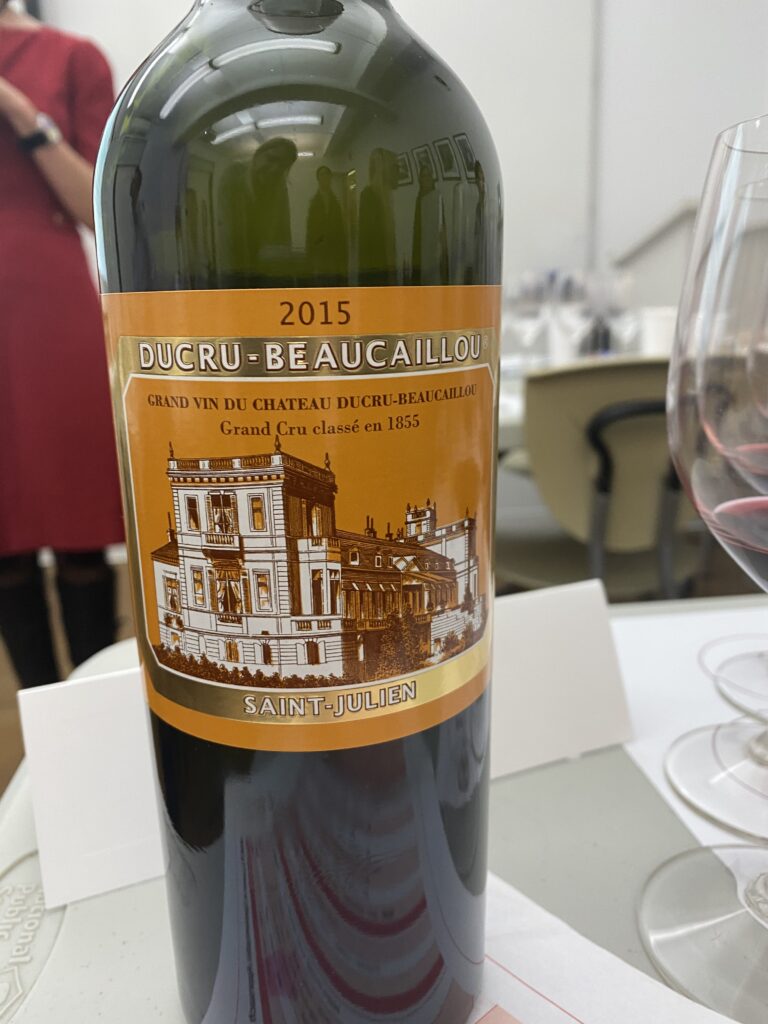
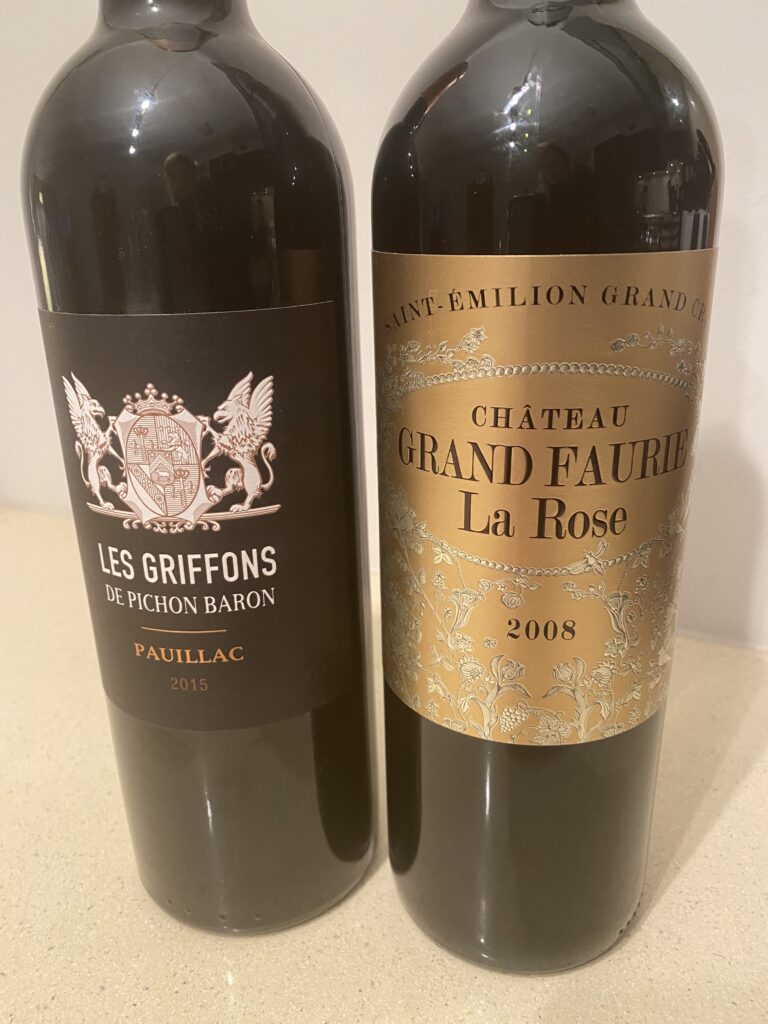
Next week we’ll move on to the Loire region. My wallet is going to be happy about that!